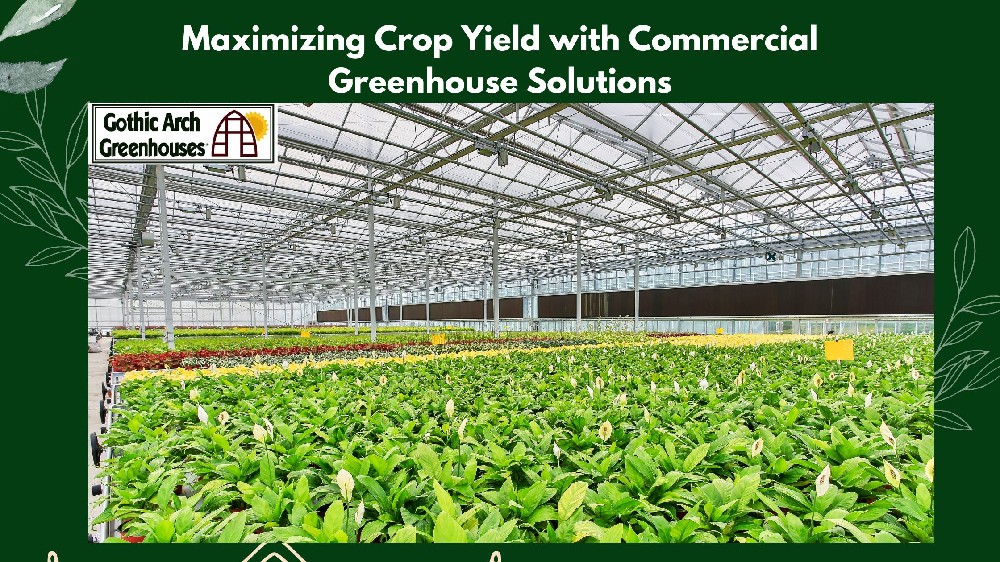Maximizing Crop Yield with Commercial Greenhouse Solutions
Conducting Research and Planning
Proper research and planning are the foundations of a successful commercial greenhouse operation. Begin by analyzing the demand for greenhouse-grown crops in your target market. Understand consumer preferences and identify high-value crops that align with your resources and expertise.
Environmental conditions are another critical factor. Consider local climate patterns, potential challenges, and the suitability of your greenhouse location for year-round operations. This information can guide decisions on design, automation, and crop selection.
Staying updated on innovations in greenhouse technology is also essential. Modern commercial greenhouse solutions, such as advanced climate control systems and precision agriculture tools, can significantly improve yields and reduce operational costs.
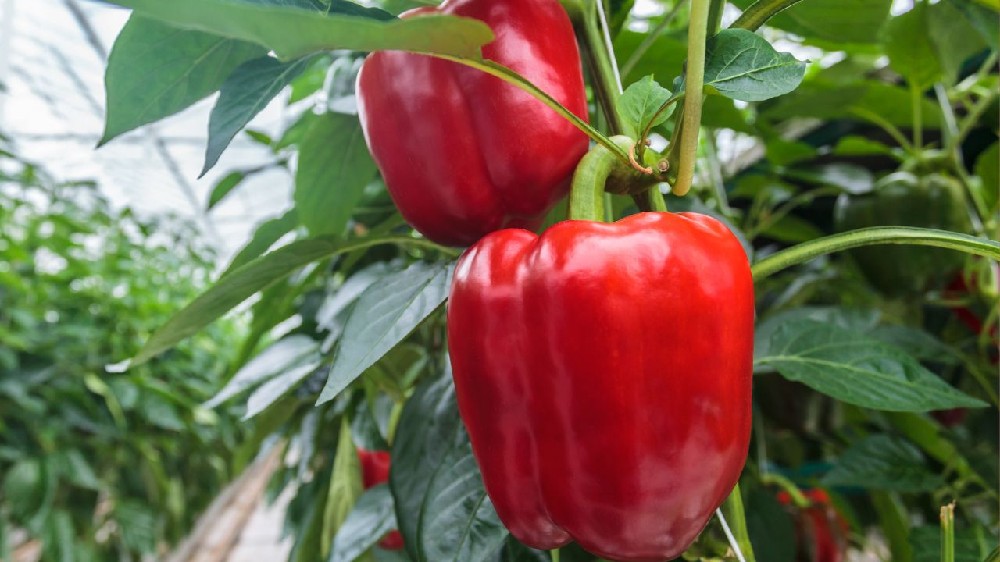
Understanding Commercial Greenhouse Solutions
Commercial greenhouses are designed to provide controlled environments for optimal plant growth. These structures enable farmers to regulate light, temperature, humidity, and CO2 levels, ensuring consistent and high-quality crop production.
Modern solutions integrate automation, allowing growers to monitor and adjust conditions precisely. Features like automated irrigation, climate control, and pest management systems reduce manual labor while improving efficiency.
High-yield greenhouses benefit the environment by minimizing resource usage and offer economic advantages by increasing profitability. Embracing automation and other advanced technologies is a key driver of success.
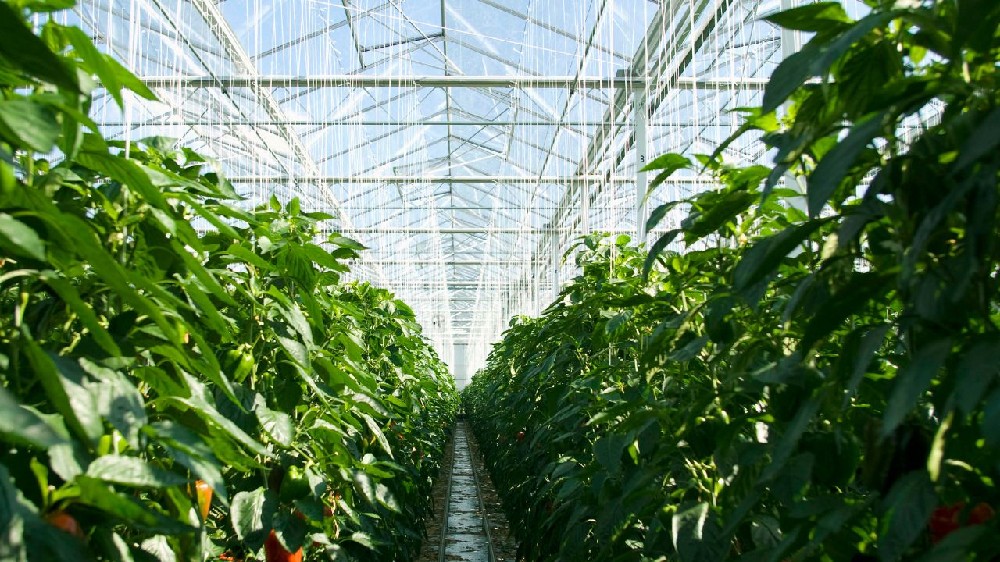
Selecting the Right Crops for High-Yield Greenhouses
Crop selection is vital to maximizing yield and profitability. Some crops, such as tomatoes, peppers, cucumbers, and leafy greens, thrive in greenhouse environments due to their adaptability and high market demand.
It’s crucial to align crop selection with market trends and consumer preferences. Conducting thorough market research ensures that your efforts will yield profitable returns. Diversification can also be a valuable strategy, helping to mitigate risks and maintain soil health.
Consider rotating crops to reduce pest pressure and replenish nutrients in the growing medium. Greenhouse farmers can achieve short-term and long-term gains by optimizing crop choices and following sustainable practices.
| Crop | Optimal Growing Conditions | Market Demand |
|---|---|---|
| Tomatoes | Warm temperatures, high light | High |
| Leafy Greens | Cool temperatures, moderate light | Moderate |
| Peppers | Warm temperatures, high light | High |
Optimizing Greenhouse Structures for Yield
The structure of a greenhouse plays a pivotal role in crop productivity. Modern commercial greenhouses are designed to maximize light exposure, enhance insulation, and withstand diverse weather conditions.
Materials such as glass, polycarbonate, and polyethylene are commonly used due to their durability and light diffusion properties. Advanced designs also incorporate adjustable roof vents and thermal screens for efficient climate control.
Retrofitting older greenhouses with energy-efficient materials and automation systems can also boost yield. These upgrades enhance resource management and create optimal conditions for plant growth.
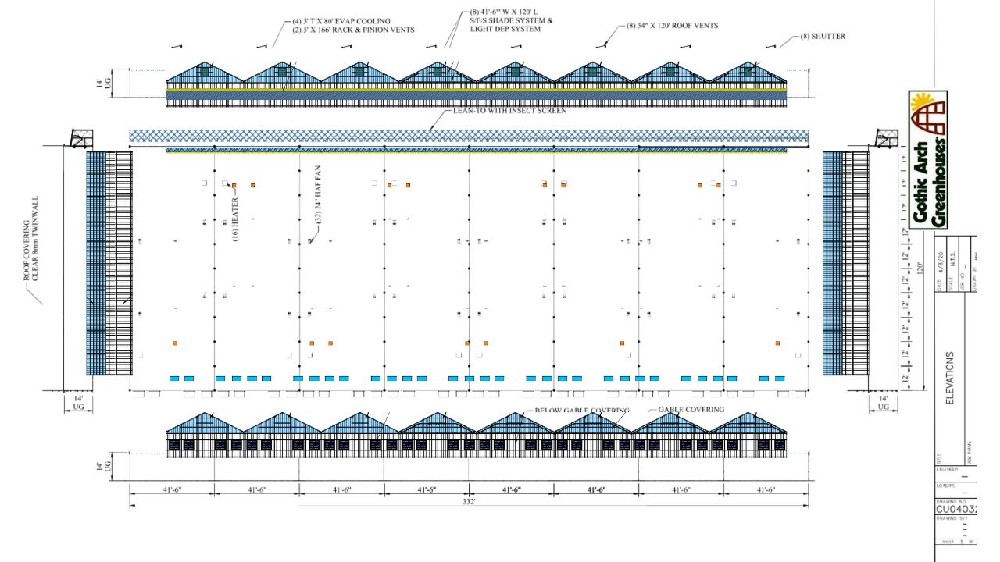
Leveraging Greenhouse Automation for Success
Greenhouse automation is a game-changer for commercial farming, allowing for precise control of environmental factors. Automated irrigation, climate, and lighting systems reduce labor and improve consistency in crop production.
Sensors and IoT devices play crucial roles in automation. These technologies monitor real-time temperature, humidity, and soil conditions, enabling data-driven decision-making.
Case studies have shown that automated greenhouses can significantly increase yield while minimizing resource waste. Investing in these systems improves productivity and supports sustainability goals.
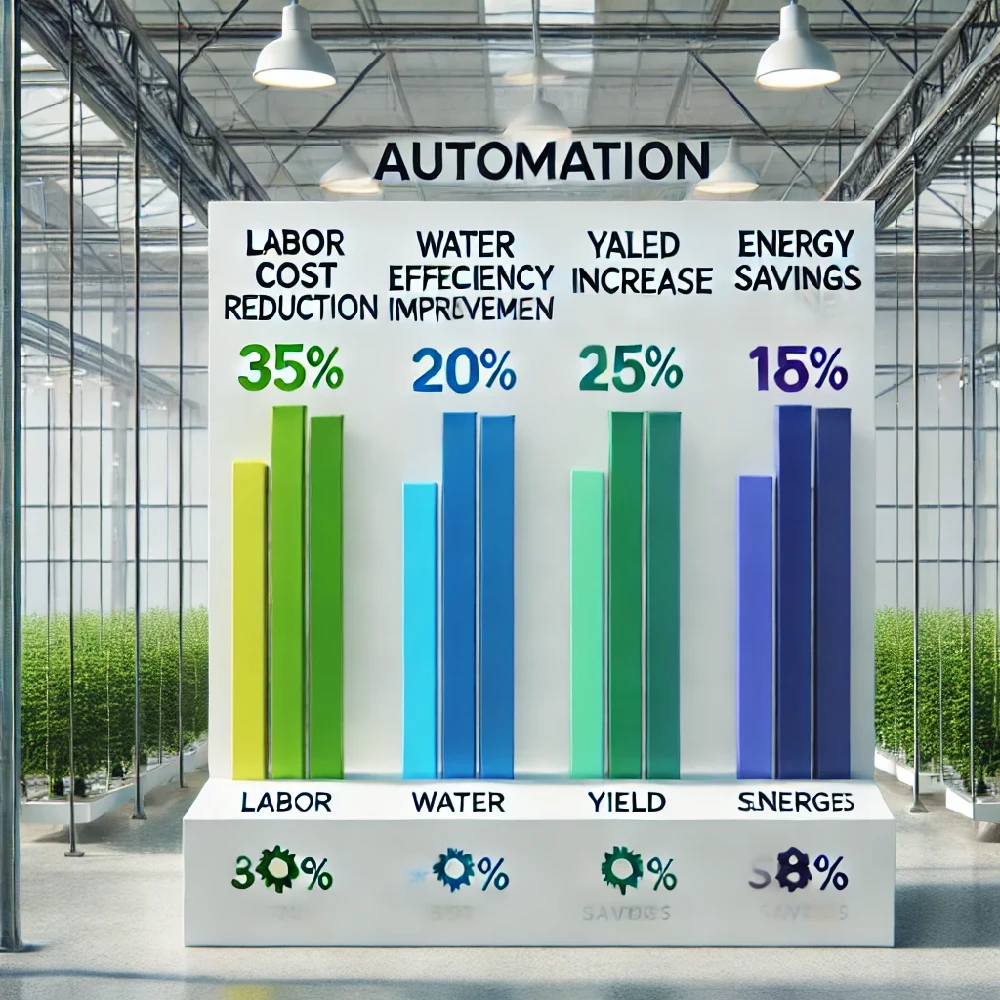
Efficient Irrigation and Water Management
Water is a critical resource in greenhouse farming, and efficient irrigation systems are essential for maximizing yield. Automated irrigation methods, such as drip systems and ebb-and-flow setups, ensure plants receive consistent moisture without overwatering.
Water recycling systems further enhance sustainability by reducing waste. These systems collect and reuse water, maintaining optimal plant hydration levels while conserving resources.
Choosing the proper irrigation method depends on crop type and greenhouse design. Integrating irrigation automation into your commercial greenhouse solutions ensures precision and saves time.
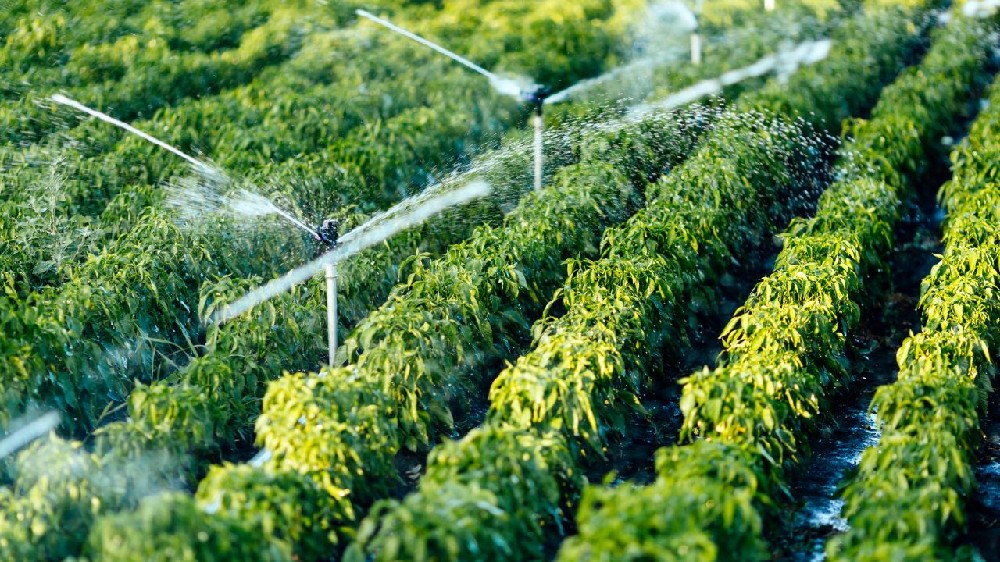
Environmental Control Systems in Greenhouses
Maintaining precise environmental conditions is essential for maximizing crop yield in greenhouses. Advanced environmental control systems allow growers to easily regulate temperature, humidity, and ventilation.
Heating systems, such as radiant heaters or geothermal solutions, ensure optimal temperatures during colder months. Evaporative coolers and fans maintain comfortable conditions in warmer climates. Automated ventilation systems prevent overheating and maintain air circulation.
CO2 enrichment is another key component of high-yield greenhouses. By increasing CO2 levels, plants can photosynthesize more efficiently, resulting in faster growth and higher yields.
Enhancing Crop Yield Through Light Management
Light is crucial for plant growth, and effectively managing it can significantly impact yield. In high-yield greenhouses, supplemental lighting systems often provide consistent illumination, especially during short daylight hours.
LED grow lights are popular due to their energy efficiency and customizable light spectrums. These systems allow farmers to adjust light intensity and duration based on the specific needs of their crops.
Growers can stimulate growth and achieve faster harvest cycles by optimizing photoperiods (the duration of light exposure). Automated light management systems further enhance precision and efficiency.
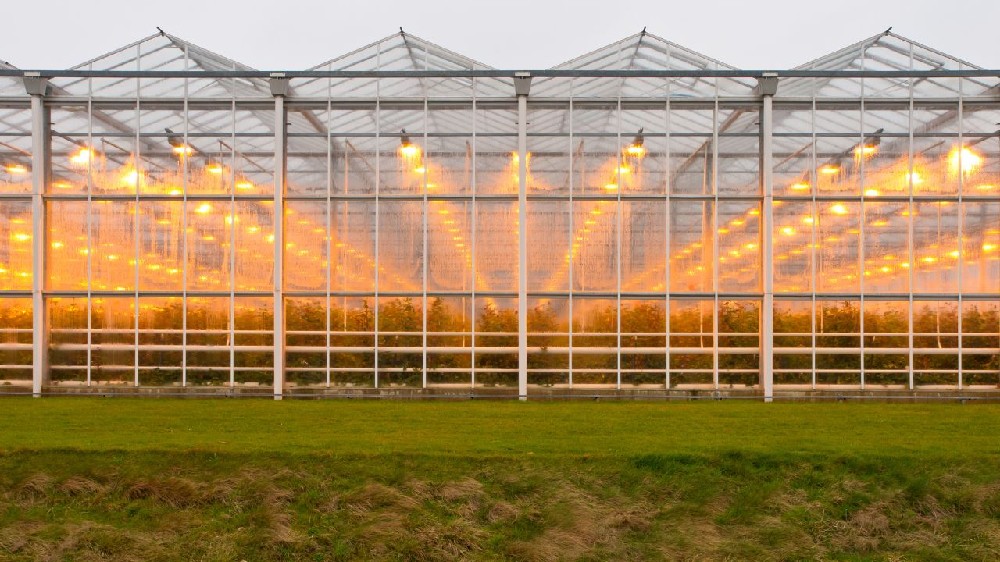
Soil and Nutrient Management Solutions
Healthy soil or a suitable growing medium is fundamental for achieving high yields in greenhouses. Commercial greenhouse solutions often incorporate soilless systems, such as hydroponics or coco coir, to optimize nutrient delivery.
Automated nutrient delivery systems ensure plants receive the right balance of essential nutrients. Soil or nutrient solutions must be regularly tested to avoid deficiencies or toxicities.
Rotating crops and adding organic amendments can enhance fertility in soil-based systems. In soilless setups, precisely monitoring pH and nutrient concentrations is key to maintaining plant health and maximizing yield.
| Growing Medium | Benefits | Applications |
|---|---|---|
| Hydroponics | Efficient nutrient delivery, faster growth | Leafy greens, herbs, tomatoes |
| Coco Coir | High water retention, eco-friendly | Peppers, cucumbers |
| Soil | Natural, cost-effective | Root vegetables, fruits |
Integrated Pest Management in Greenhouses
Integrated Pest Management (IPM) is a sustainable approach to controlling greenhouse pests. This strategy combines biological, mechanical, and chemical methods to minimize damage while reducing the environmental impact.
Automation has enhanced IPM by enabling early pest detection through sensors and cameras. These tools can identify pest hotspots and monitor infestations in real time, allowing growers to take targeted action.
Preventative measures can reduce pest populations, such as insect netting, sterilizing tools, and introducing beneficial insects like ladybugs. Combining these methods ensures healthier plants and higher yields.
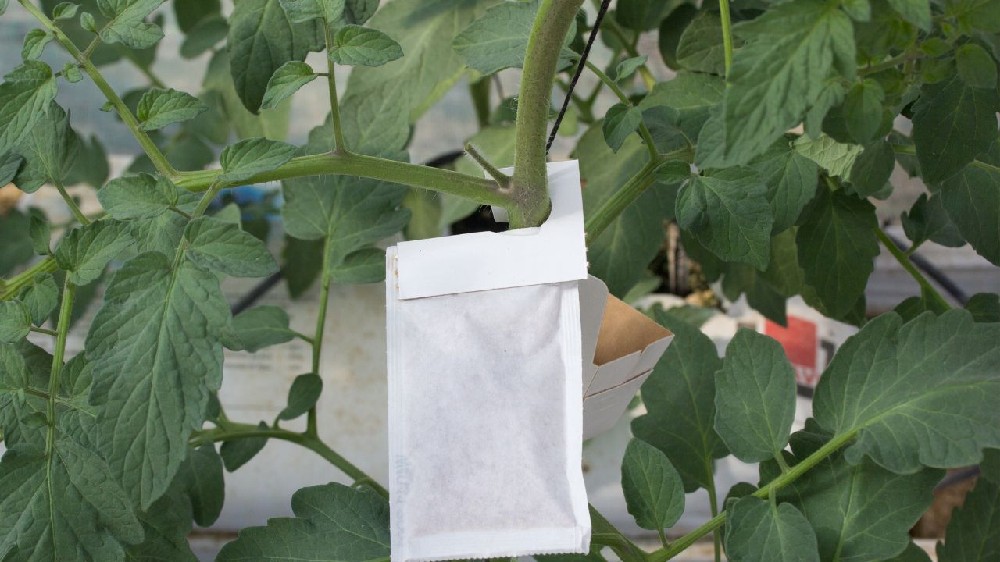
Hydroponics and Aquaponics in High-Yield Greenhouses
Hydroponics and aquaponics are innovative soilless systems gaining popularity in commercial greenhouses. Hydroponics delivers nutrients directly to plants through water, ensuring faster growth and higher efficiency than soil-based systems.
Aquaponics combines hydroponics with aquaculture. It uses nutrient-rich water from fish tanks to nourish plants. This closed-loop system is eco-friendly and minimizes waste.
Both systems can be automated to regulate water flow, pH levels, and nutrient concentrations. Case studies have demonstrated that these solutions can increase yield while reducing resource usage, making them ideal for high-yield greenhouses.
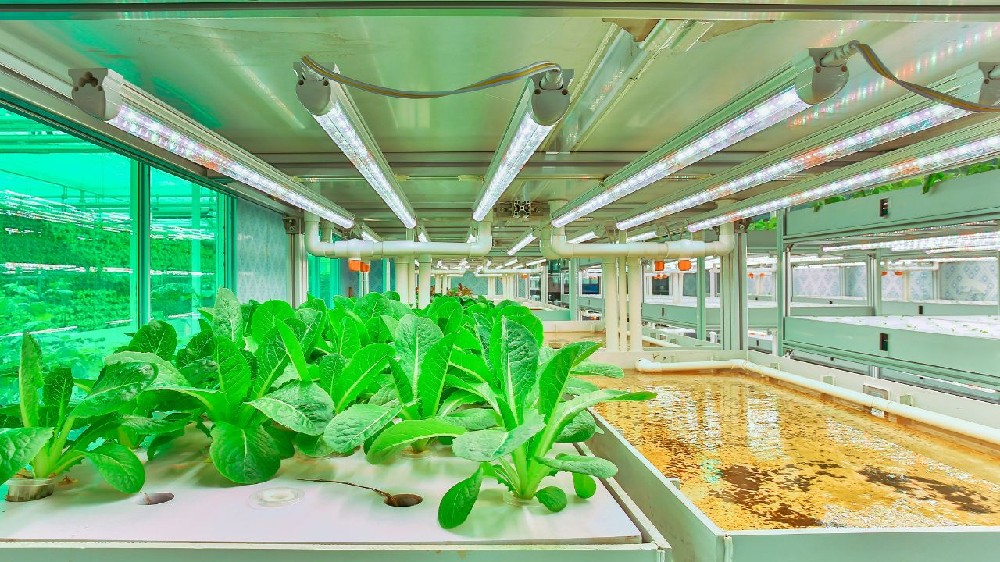
Renewable Energy in Commercial Greenhouses
Incorporating renewable energy into commercial greenhouses can significantly lower operating costs while supporting sustainability goals. Solar panels are popular for powering lighting, irrigation, and automation systems.
Geothermal heating systems efficiently maintain optimal temperatures in colder climates. Wind turbines can also supplement energy needs in areas with consistent wind patterns.
By investing in renewable energy solutions, growers can reduce their carbon footprint and enhance long-term profitability. A cost-benefit analysis is essential to determine your greenhouse's most suitable energy option.
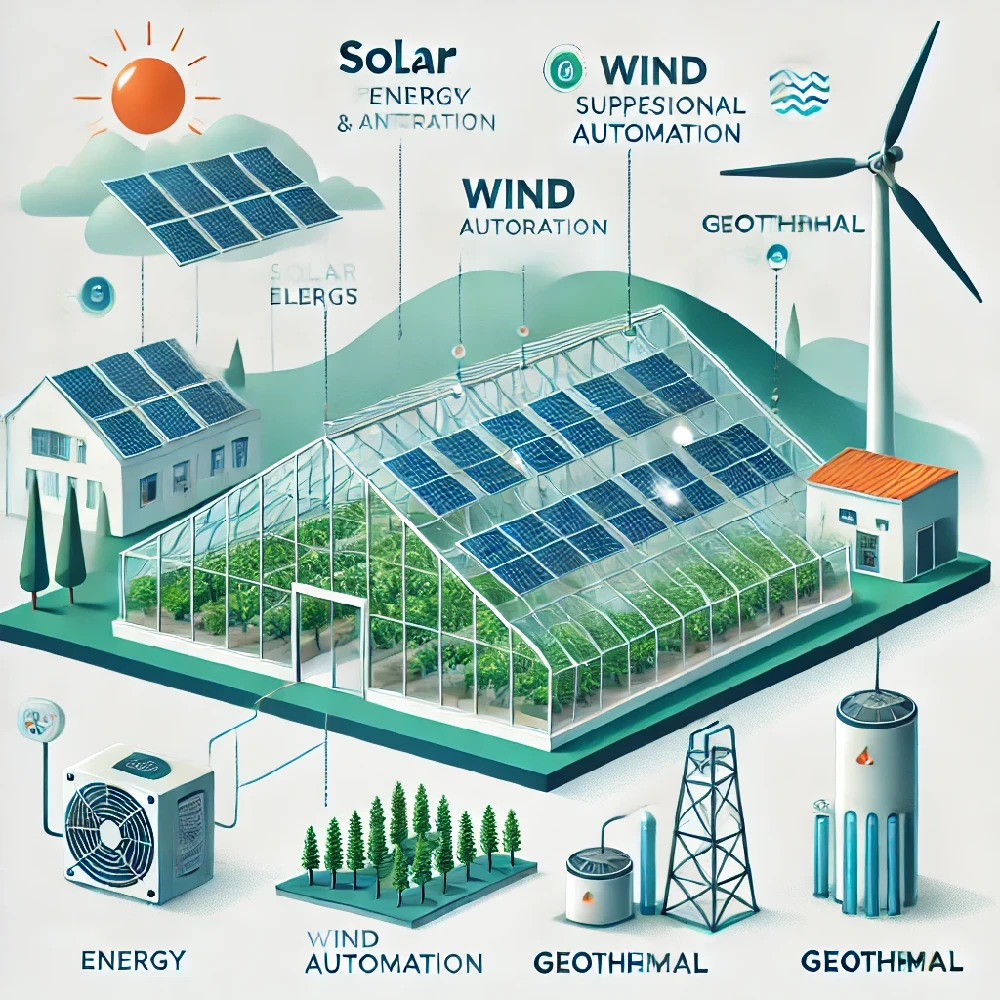
Monitoring and Maintaining Plant Health with Technology
Advanced technology enables precise monitoring and maintenance of plant health in high-yield greenhouses. Sensors and diagnostic tools can detect nutrient deficiencies, diseases, and environmental imbalances early, preventing significant crop losses.
AI-powered platforms analyze sensor data, offering actionable insights to optimize growing conditions. These systems can recommend irrigation, lighting, or nutrient delivery adjustments to address specific plant needs.
Regular maintenance of greenhouse systems, including cleaning irrigation lines and calibrating sensors, ensures peak performance and reduces downtime. Technology-driven monitoring improves productivity while safeguarding plant health.
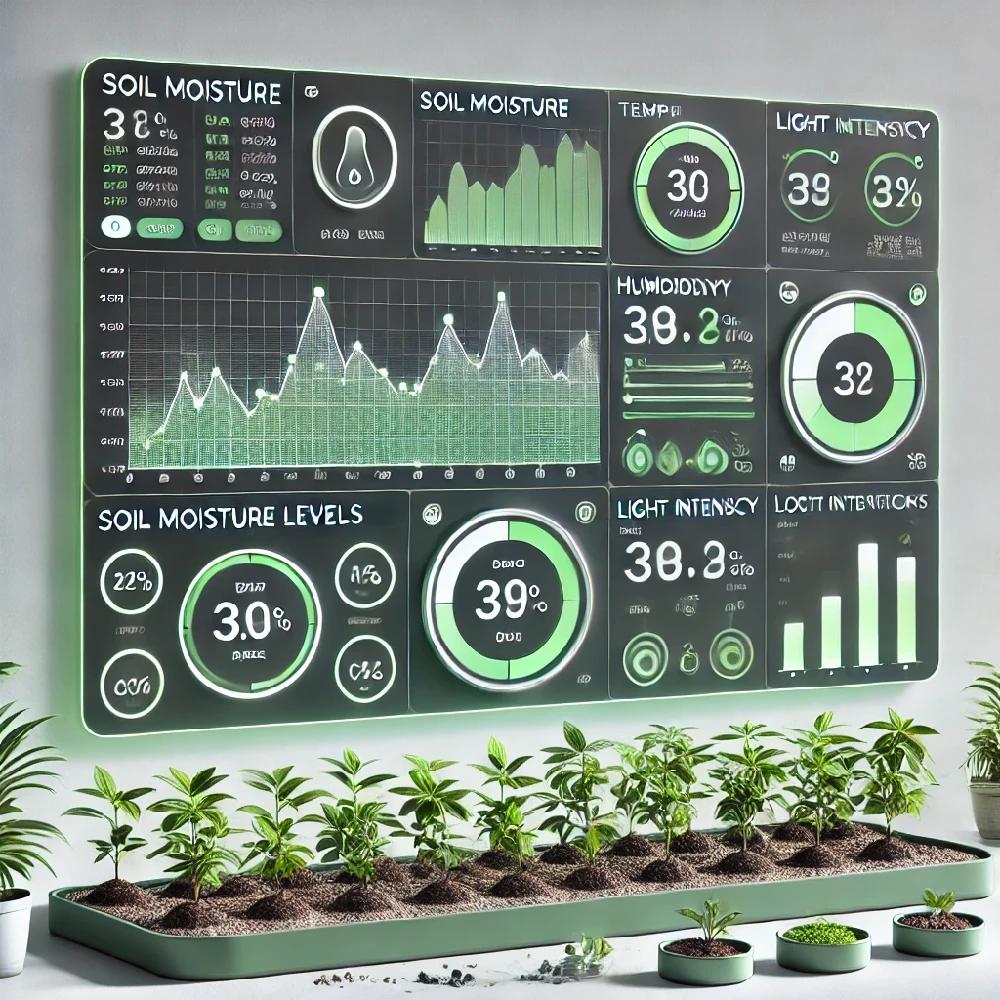
Labor Efficiency Through Greenhouse Automation
Labor efficiency is a critical consideration in commercial greenhouse operations. Automation reduces the need for manual intervention by managing tasks such as irrigation, fertilization, and pest control.
Mechanized systems, such as conveyor belts and automated harvesters, streamline labor-intensive processes. This saves time and reduces labor costs, allowing growers to allocate resources more effectively.
Training staff to operate and maintain automation systems ensures smooth operation and minimizes errors. By balancing human expertise with technology, greenhouses can achieve optimal efficiency and productivity.
Economic Considerations for Commercial Greenhouses
Investing in commercial greenhouse solutions requires careful financial planning to maximize return on investment (ROI). Cost considerations include the initial setup, automation systems, and ongoing maintenance.
High-yield practices and energy-efficient systems can enhance profitability by reducing operational costs. Government grants and subsidies are often available to support adopting sustainable farming practices, which can offset upfront expenses.
A detailed cost-benefit analysis is essential to identify areas of improvement and optimize resource allocation. Prioritizing investments in proven technologies ensures long-term success and sustainability.
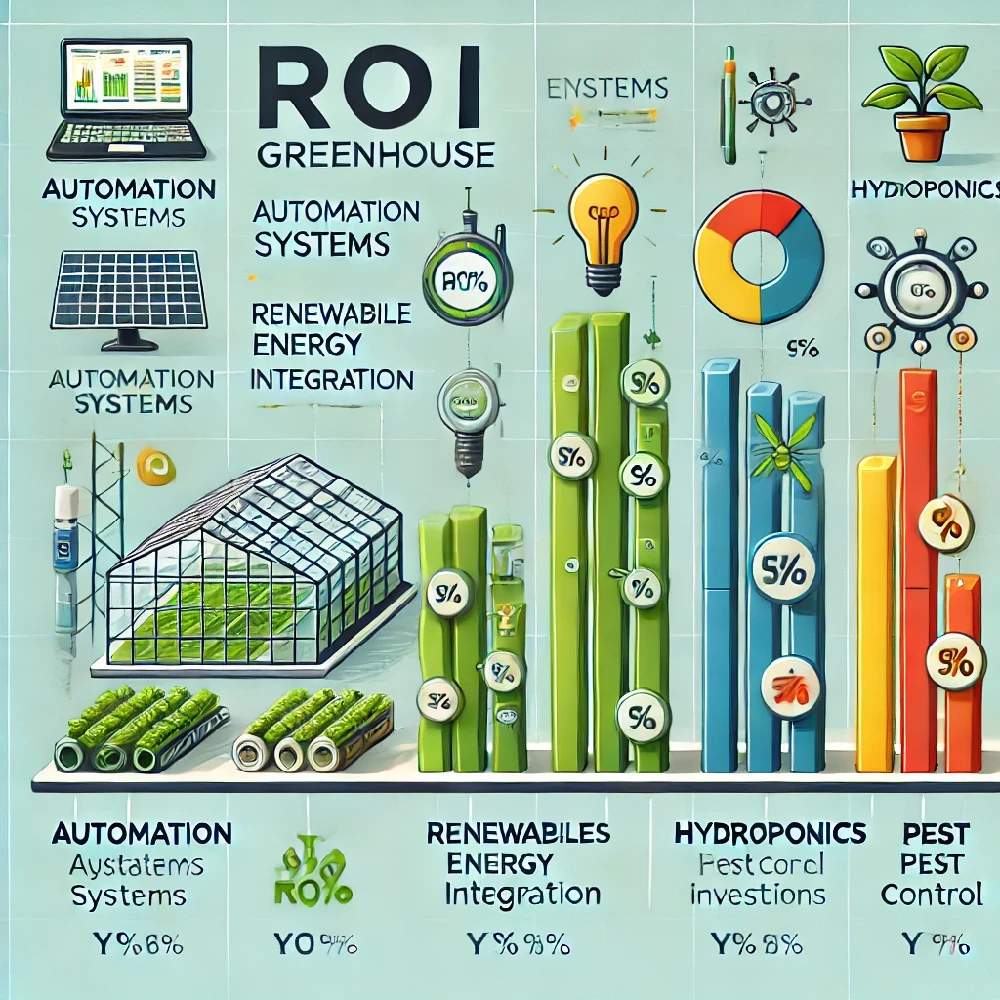
Case Studies: High-Yield Greenhouse Success Stories
Real-world examples highlight the transformative impact of commercial greenhouse solutions. One notable success story comes from a tomato grower who implemented greenhouse automation, achieving a 30% increase in yield while reducing water consumption by 40%.
Another case study involves a leafy greens producer who adopted hydroponic systems paired with renewable energy. This combination improved efficiency and reduced operational costs by 25%.
These success stories demonstrate that integrating technology and sustainable practices in greenhouses can deliver remarkable results. Learning from these examples provides valuable insights for other growers aiming to maximize their yields.
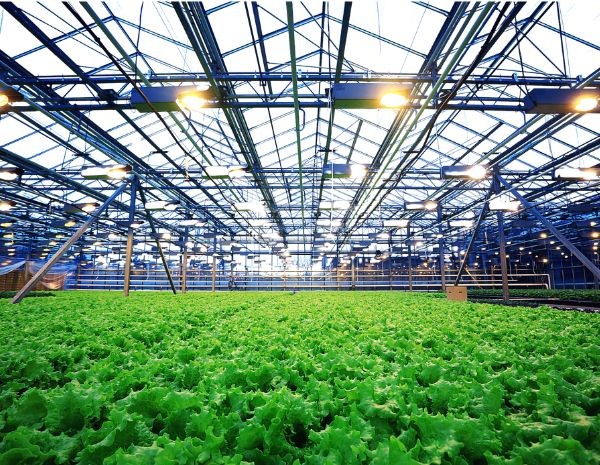
Future Trends in Commercial Greenhouse Solutions
Advancements in artificial intelligence (AI) and machine learning are shaping the future of greenhouse farming. These technologies enable predictive analytics, helping growers proactively anticipate crop needs and optimize conditions.
Another emerging trend is using robotics for planting, harvesting, and pest management. These innovations minimize labor demands while maintaining consistency and efficiency.
Crop genetics is also advancing, with researchers developing plant varieties suited to controlled environments. As these trends evolve, they promise to redefine high-yield greenhouse practices and expand market opportunities for growers.
Maximizing crop yield in commercial greenhouses requires a comprehensive approach integrating advanced solutions, sustainable practices, and cutting-edge technologies. Every aspect contributes to higher productivity and profitability, from optimizing structures to leveraging automation and renewable energy.
By investing in innovative greenhouse systems, growers can meet market demands, reduce environmental impact, and ensure long-term success. As the industry evolves, embracing these strategies will remain crucial for staying competitive.
Whether you're a seasoned grower or new to greenhouse farming, the key lies in adopting a data-driven, technology-focused mindset. The future of high-yield greenhouses is bright, offering countless opportunities for innovation and growth.
FAQs: Maximizing Crop Yield in Commercial Greenhouses
- 1. What are the main benefits of greenhouse automation?
- Greenhouse automation improves efficiency by reducing labor, ensuring precise control over environmental conditions, and minimizing resource wastage. It also enhances crop consistency and yield, making it a valuable investment for commercial growers.
- 2. Which crops are best suited for high-yield greenhouses?
- Crops like tomatoes, cucumbers, peppers, and leafy greens thrive in controlled greenhouse environments. These highly adaptable crops are often in demand, making them ideal for maximizing yield and profitability.
- 3. How does renewable energy benefit commercial greenhouses?
- Renewable energy solutions, such as solar panels and geothermal heating, lower operational costs and reduce the carbon footprint of greenhouses. They ensure sustainable operations and can improve ROI over time.
- 4. What is the role of CO2 enrichment in greenhouses?
- CO2 enrichment enhances photosynthesis, leading to faster growth and higher crop yields. Controlled CO2 levels in greenhouses can significantly improve the productivity of crops like tomatoes and cucumbers.
- 5. How can I start integrating hydroponics in my greenhouse?
- To begin with hydroponics, select a suitable system like nutrient film technique (NFT) or deep water culture (DWC). Pair it with automation for nutrient delivery and monitor pH and nutrient levels regularly for optimal results.

